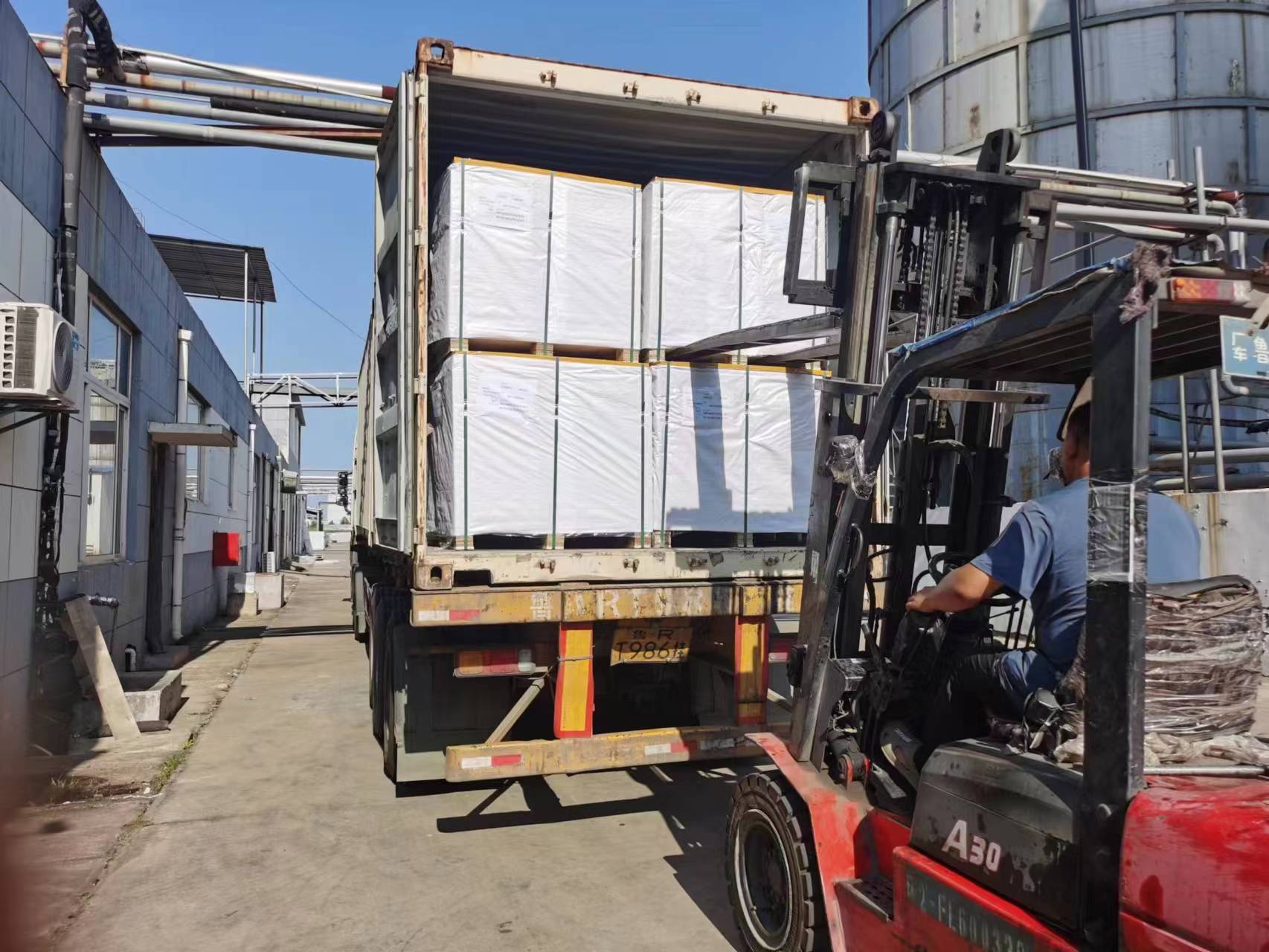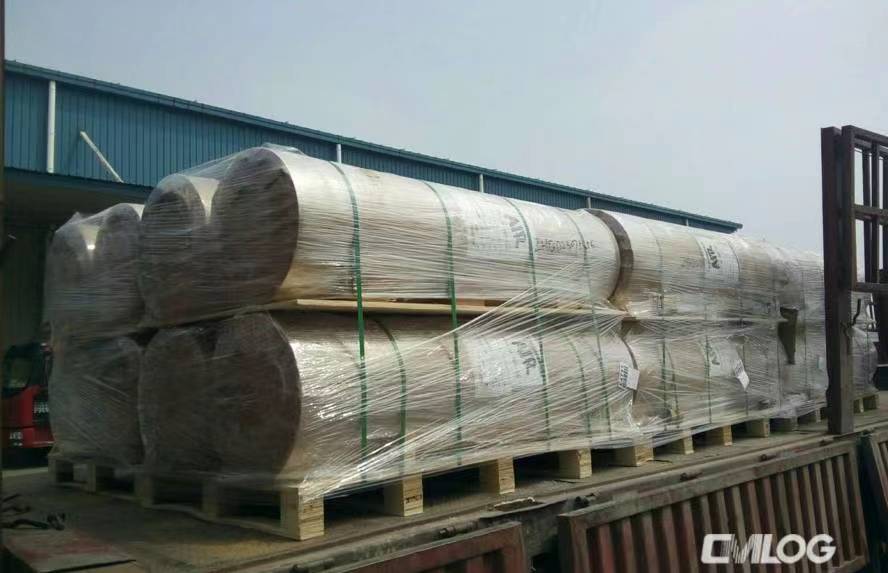Delivery & Shipment & Documents Service


1. Understand Export Regulations and Compliance
-
Research Regulations: Familiarize yourself with the export laws and regulations of both your country and the destination country.
-
Documentation: Ensure all required documents (commercial invoice, packing list, certificate of origin, bill of lading, etc.) are accurate and complete.
-
Export Licenses: Check if your product requires an export license or special permits.
2. Choose the Right Incoterms
-
Clarify Responsibilities: Use appropriate Incoterms (e.g., FOB, CIF, EXW) to define the responsibilities of the buyer and seller regarding shipping, insurance, and customs clearance.
-
Avoid Misunderstandings: Clearly communicate the chosen Incoterms to all parties involved.
3. Select a Reliable Freight Forwarder
-
Experience Matters: Work with a reputable freight forwarder who has experience in your industry and destination country.
-
Compare Rates: Get quotes from multiple forwarders to ensure competitive pricing.
-
Track Shipments: Choose a forwarder that offers real-time tracking and updates.
4. Proper Packaging and Labeling
-
Durable Packaging: Use sturdy packaging materials to protect goods during transit, especially for fragile items.
-
Label Clearly: Ensure all packages are labeled with the correct shipping information, including destination address, handling instructions, and hazardous material warnings (if applicable).
-
Comply with Standards: Follow international packaging standards and destination country requirements.
5. Optimize Shipping Costs
-
Consolidate Shipments: Combine smaller shipments to reduce costs.
-
Choose the Right Mode: Decide between air, sea, or land freight based on cost, urgency, and nature of the goods.
-
Negotiate Contracts: Establish long-term contracts with carriers for better rates.
6. Ensure Accurate Documentation
-
Double-Check Details: Verify all information on invoices, packing lists, bills of lading, certificate of origin ect. Especially prepare for some special CO, like FORM E, FTA, SONCAP ect, or other kinds of documents like shipment inspection before shipment.
-
Avoid Delays: Incomplete or incorrect documentation can lead to customs delays or penalties.
-
Electronic Documentation: Use digital tools to streamline document preparation and submission.
7. Plan for Customs Clearance
-
HS Codes: Classify your products correctly using Harmonized System (HS) codes.
-
Duties and Taxes: Calculate and communicate any applicable duties and taxes to the buyer.
-
Customs Broker: Hire a customs broker if you’re unfamiliar with the destination country’s clearance process.
8. Insure Your Shipment
-
Protect Your Goods: Purchase cargo insurance to cover potential loss or damage during transit.
-
Understand Coverage: Ensure the insurance policy covers all risks, including theft, accidents, and natural disasters.
9. Communicate Effectively
-
Stay in Touch: Maintain clear communication with the buyer, freight forwarder, and customs officials.
-
Provide Updates: Keep the buyer informed about shipment status and any potential delays.
-
Resolve Issues Promptly: Address any problems or disputes quickly to maintain a good relationship with the buyer.
10. Monitor and Evaluate
-
Track Shipments: Use tracking tools to monitor the progress of your shipment.
-
Gather Feedback: Ask the buyer for feedback on the delivery process to identify areas for improvement.
-
Analyze Costs: Review shipping costs and efficiency to optimize future shipments.
11. Prepare for Contingencies
-
Plan for Delays: Account for potential delays due to weather, customs, or other unforeseen circumstances.
-
Backup Suppliers: Have alternative suppliers or shipping options in case of emergencies.
-
Risk Management: Develop a risk management plan to handle disruptions.
12. Build Strong Relationships
-
Trustworthy Partners: Establish long-term relationships with reliable suppliers, freight forwarders, and customs brokers.
-
Customer Satisfaction: Deliver on time and as promised to build trust and loyalty with your buyers.

 Janice
Janice Janice
Janice Janice
Janice